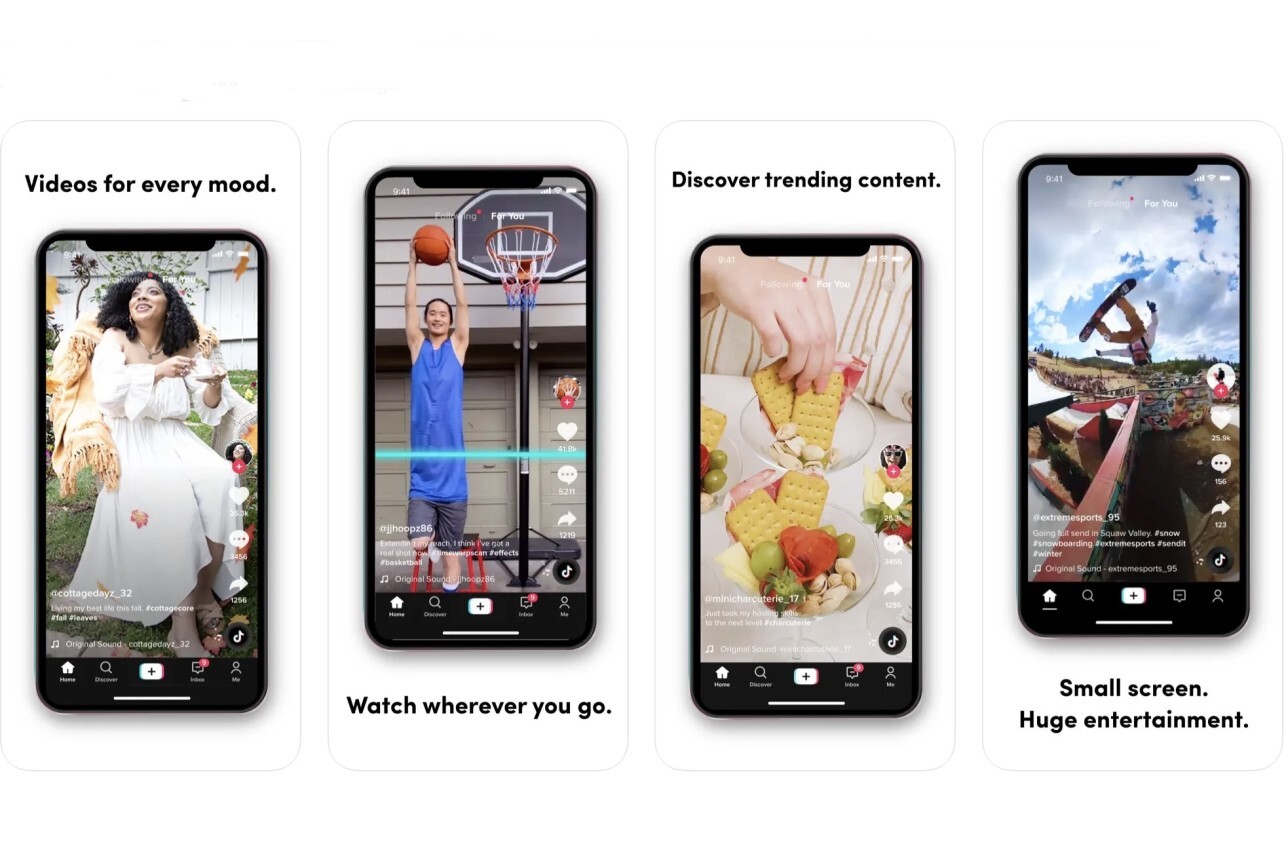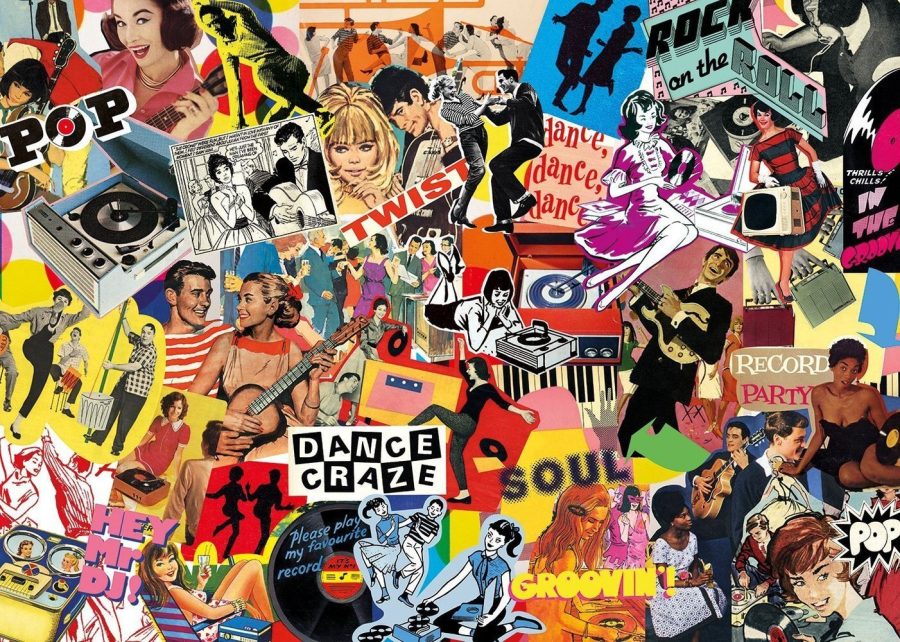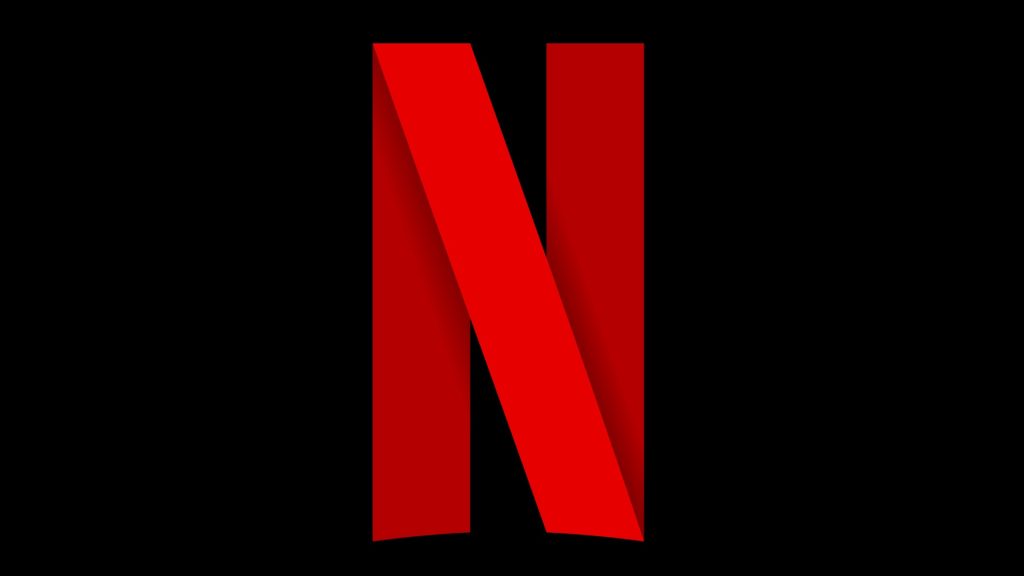Introduction

The term ŌĆ£Cultural Industry,ŌĆØ coined by Theodor Adorno and Max Horkheimer, remains a critical lens through which we can understand the mass production of cultural goods in todayŌĆÖs world. As media and communication continue to evolve, these ideas help us analyze how contemporary cultural products are shaped by both creative and commercial forces. This blog explores four key aspects of the cultural industryŌĆömass production, media conglomerates, digital platforms, and globalizationŌĆöproviding a modern take on how these forces impact the creation and distribution of culture.
The Rise of the Cultural Industry: A Focus on Streaming Platforms
The concept of the cultural industry revolves around the idea that culture has become industrializedŌĆöproduced for mass consumption rather than for pure artistic expression. Adorno and Horkheimer, in their critique of the cultural industry, highlighted how art and creativity had become commodified, molded by market demands rather than intrinsic value.

Original series such as Stranger Things or The Witcher are crafted with global appeal, based not only on narrative quality but also on data-driven decisions about genre, casting, and themes that will attract the widest audience.
While this allows for a more diverse range of content on a global scale, it also leads to a kind of formulaic production where creativity is guided by what the market demands, rather than pure innovation. The result is that while platforms may offer vast libraries of content, much of it is tailored to fit certain popular patterns, reinforcing Adorno and HorkheimerŌĆÖs critique of cultural standardization.
Media Conglomerates and Their Control Over Cultural Output
The power of media conglomerates in the cultural industry has grown exponentially in the 21st century. These conglomeratesŌĆösuch as Disney, Comcast, and Warner BrosŌĆödominate the production, distribution, and even the ownership of media content across multiple platforms. The vertical and horizontal integration of these companies allows them to control every aspect of the cultural product, from its inception to its consumption.

Disney provides a key example of this process. With its acquisition of Lucasfilm (Star Wars), Marvel, and 21st Century Fox, Disney has expanded its cultural empire significantly. These acquisitions have allowed the company to produce, distribute, and market its products on a global scale with incredible efficiency. However, such consolidation raises concerns about diversity in cultural expression. As these conglomerates prioritize commercial success, the range of stories told becomes limited, leading to a homogenization of culture.
For instance, DisneyŌĆÖs Marvel films follow a highly successful, but formulaic, structure that prioritizes spectacle over narrative complexity. This pattern reflects Adorno and HorkheimerŌĆÖs concerns about how the cultural industry focuses more on profitability than on fostering artistic diversity, reducing culture to a series of predictable and profitable formulas.
Digital Platforms and User-Generated Content: A Shift in Power?

While the traditional cultural industry was largely controlled by powerful corporations, the rise of digital platforms has seemingly shifted the power dynamic. Platforms like YouTube, Instagram, and TikTok have democratized content creation, allowing everyday users to become creators and influencers. This shift represents a significant change in how cultural products are made and consumed.

User-generated content (UGC) challenges the traditional gatekeepers of culture by allowing individuals to bypass media conglomerates and directly engage with audiences. TikTok creators, for example, have become significant cultural figures, often producing viral content that can rival traditional media in terms of viewership and cultural impact. This democratization offers opportunities for more diverse voices and creative freedom.
However, even within this framework of seemingly free cultural production, corporate influence remains. Platforms like YouTube monetize content through advertisements, and their algorithms often favor content that attracts the most views and engagement. This results in a commercialized environment where creators still need to conform to the demands of the platformŌĆÖs system in order to achieve visibility and financial success. Thus, while UGC has opened up new avenues for creativity, it still operates within the broader commercial interests of the cultural industry.
Globalization and Cultural Hybridization: The K-Pop Phenomenon
Globalization has had a profound impact on the cultural industry, breaking down national barriers and facilitating the exchange of cultural products across the globe. This has led to the phenomenon of cultural hybridization, where elements from different cultures are blended together to create new, hybrid cultural forms. One of the most striking examples of this is the global success of K-pop.
K-pop, or Korean pop music, is a product of South KoreaŌĆÖs entertainment industry, but its influence has reached far beyond its national borders. Through a combination of Western musical styles, intricate choreography, and Korean cultural elements, K-pop groups such as BTS and BLACKPINK have managed to capture global audiences. The success of K-pop is emblematic of how the cultural industry operates in a globalized worldŌĆöcombining local traditions with global trends to create products that appeal to diverse, international markets.

However, the global success of K-pop also raises questions about cultural appropriation and the commercialization of local cultures. While K-popŌĆÖs global reach demonstrates the potential for cultural exchange, it also reflects how cultural products can be commodified and packaged for mass consumption in a way that prioritizes commercial success over cultural authenticity.
Conclusion
The cultural industry remains a powerful force in shaping media and communication in contemporary society. Whether through the mass production of streaming content, the dominance of media conglomerates, the rise of digital platforms, or the global circulation of hybridized cultural forms, the cultural industry is deeply intertwined with the way we experience and understand culture today. As media continues to evolve, it is crucial to critically examine the forces behind the production of cultural goods, recognizing both the opportunities and limitations they present for artistic creativity and cultural diversity.






Hello! I really enjoyed your blog’s detailed breakdown of the culture industry from a modern perspective, especially showing the deeper impact of the culture industry through various aspects such as streaming, ucg and globalisation. Here are some of my new thoughts that I hope will expand our understanding of the culture industry.
You mentioned that streaming platforms use algorithms to predict viewer preferences, which got me thinking about how algorithms not only influence content production, but also gradually shape our standards of “beauty” and “value”. In streaming media, algorithms prioritise content that meets popular demand, leading to a data-driven ‘populisation’ of users’ aesthetics, rather than diversity. Could this lead to a preference for a “standardised aesthetic”, which in turn influences the direction of creators’ content? In such an environment, platform algorithms may become a kind of “invisible creative censorship” and even reshape the public’s aesthetic standards. Do you think this kind of algorithmic control over creativity will undermine true artistic innovation in the future?
You also mentioned that the global success of K-pop reflects the globalisation of the culture industry. However, I would like to explore further whether K-pop has experienced cultural “fast-digestion” in the process of global dissemination. When facing the global market, K-pop quickly attracted young audiences through its high frequency of content production and style-specific packaging. However, has this “fast-digestion” also sacrificed the original deep cultural connotation and uniqueness, making K-pop a representative of global fast-moving culture? Is this phenomenon likely to accelerate the homogenisation of the cultural industry and the superficiality of cultural products?
I loved your post! Especially the cover is very attractive. You describe the evolution from traditional modern media such as books and movies to emerging cultural industries and streaming media. It also raises some potential problems arising from the rapid development of culture. I learned a lot from your article.